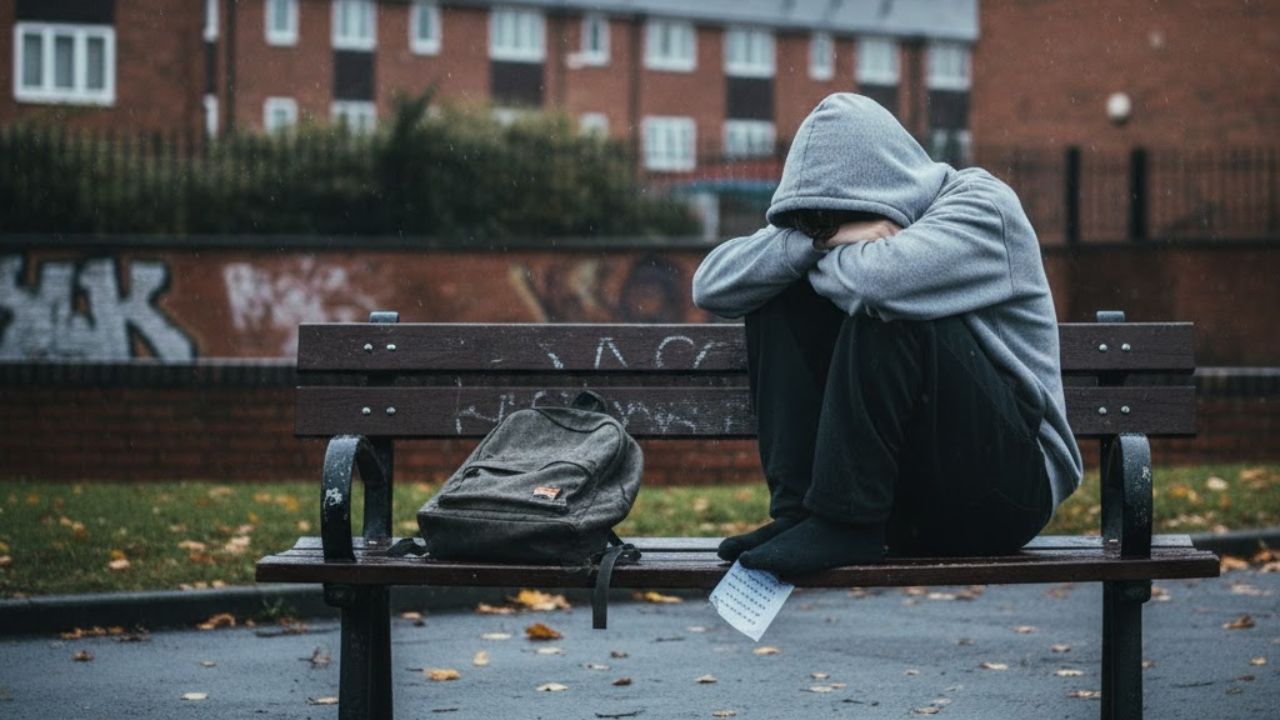Supporting Teenagers Through Mental Health Challenges: The Role of Yoga and Mindfulness
Oct 10, 2025
Understanding the Problem
Today's teenagers are facing a mental health crisis that we cannot ignore. Anxiety, depression, and loneliness have reached worrying levels among young people. Three key factors are driving this crisis:
Social media creates constant pressure to compare themselves with others, leading to feelings of inadequacy and fear of missing out.
Academic pressure from exams, university applications, and future career worries leaves many teenagers feeling overwhelmed and stressed.
Pandemic aftermath has left lasting effects, with many young people still struggling with isolation and disrupted routines from the COVID years.
The good news? More teenagers are talking about mental health than ever before. The challenge? Many still feel embarrassed or scared to ask for help when they need it.
How Yoga and Mindfulness Can Help
Yoga and mindfulness aren't just trendy wellness activities. They're practical tools that can make a real difference to teenage mental health.
What Are They?
Yoga combines gentle physical movement with breathing exercises. It doesn't require flexibility or special equipment—just a willingness to try.
Mindfulness means paying attention to the present moment without judgement. It's about noticing thoughts and feelings without getting swept away by them.
The Benefits for Teenagers
Reduces Anxiety Yoga and mindfulness activate the body's relaxation response, calming the nervous system. Simple breathing exercises can help teenagers feel less anxious before exams or social situations.
Improves Sleep Many teenagers struggle with sleep, often made worse by late-night phone use. Gentle yoga and relaxation techniques before bed can help them wind down and sleep better.
Builds Self-Awareness Mindfulness helps teenagers understand their emotions better. Instead of feeling overwhelmed by feelings, they learn to notice and accept them.
Provides a Break from Screens Both practices offer a healthy alternative to scrolling through social media, giving the brain a much-needed rest from constant stimulation.
Boosts Confidence As teenagers develop these skills, they feel more in control of their emotions and reactions, building resilience and self-esteem.
Improves Focus Regular practice can help with concentration, which is particularly helpful for studying and managing academic pressure.
Practical Ways to Get Started
For Parents
- Start small. Even five minutes of deep breathing together can make a difference.
- Lead by example. Try yoga or mindfulness yourself and share your experience.
- Make it normal. Talk about mental health and self-care as naturally as you'd discuss physical health.
- Use apps together. There are many free apps designed for teenagers, such as Headspace or Calm.
- Don't force it. Introduce the idea gently and let your teenager explore at their own pace.
For Educators
- Build it into the school day. A two-minute breathing exercise at the start of lessons can help students settle and focus.
- Create a calm space. Designate a quiet area where students can practise mindfulness when feeling overwhelmed.
- Offer lunchtime sessions. Optional yoga or mindfulness clubs give interested students a supportive environment to learn.
- Train staff. When teachers understand these techniques, they can better support students and manage their own stress.
- Normalise the conversation. Talk openly about mental health and coping strategies in assemblies and PSHE lessons.
Simple Exercises to Try
Box Breathing (great for anxiety)
- Breathe in for 4 counts
- Hold for 4 counts
- Breathe out for 4 counts
- Hold for 4 counts
- Repeat 5 times
Body Scan (helpful before sleep)
- Lie down comfortably
- Notice how each part of the body feels, starting from the toes
- Work slowly up to the head
- Don't try to change anything, just notice
5-4-3-2-1 Grounding (brings you to the present moment)
- Notice 5 things you can see
- Notice 4 things you can touch
- Notice 3 things you can hear
- Notice 2 things you can smell
- Notice 1 thing you can taste
Remember
Yoga and mindfulness are tools, not miracle cures. They work best alongside other support, such as talking to trusted adults, counselling, or medical help when needed.
If a teenager is struggling with their mental health, these practices can be part of the solution, but never a replacement for professional help.
The most important thing we can do is create an environment where young people feel safe to talk about their struggles and know that support is available.
Taking the First Step
You don't need to be an expert to introduce these practices. Start where you are, with what you have. A few minutes of calm breathing is better than nothing. Be patient—building new habits takes time.
By supporting teenagers to develop these skills now, we're giving them tools they can use throughout their lives, helping them navigate not just the challenges of today, but whatever the future brings.
If you're worried about a young person's mental health, encourage them to speak with a GP, school counsellor, or contact organisations like YoungMinds (youngminds.org.uk) or Childline (0800 1111).
Sign Up For Our Monthly Newsletter
Receive monthly emails with news, blogs and articles about teacher training courses, yoga, mindfulness, education and so much more.
We hate SPAM. You'll only get quality content.

